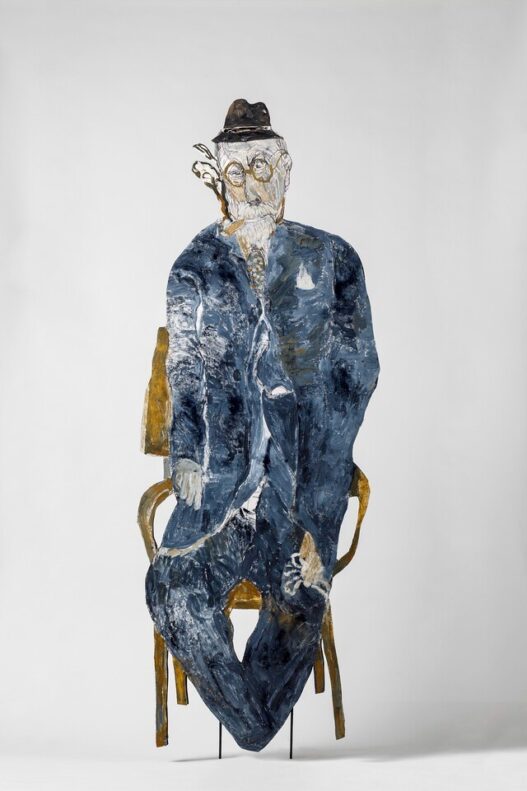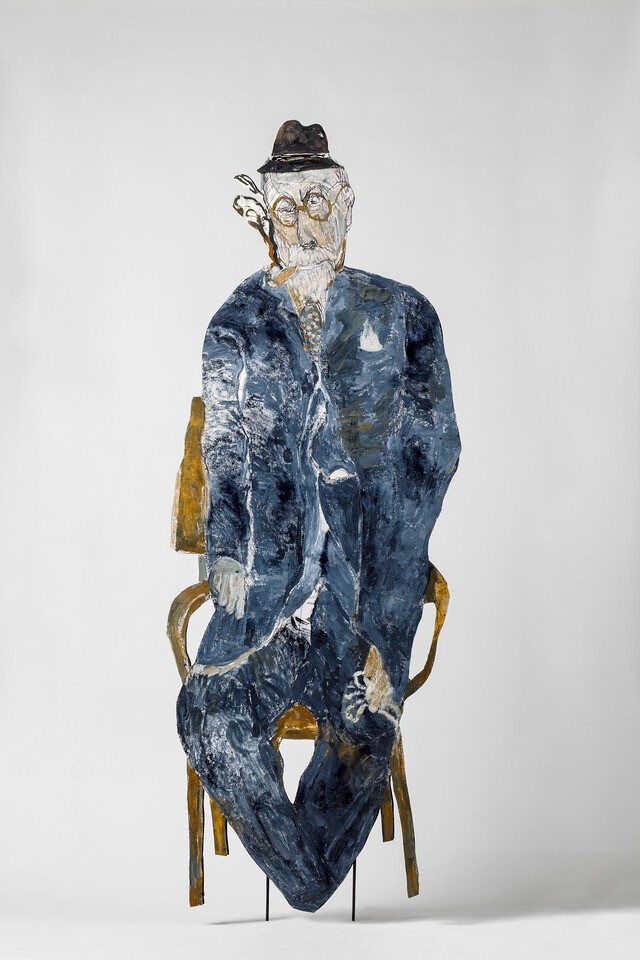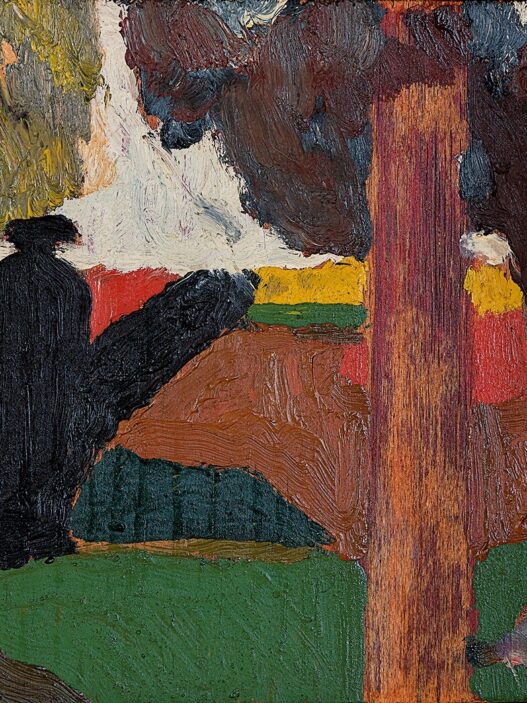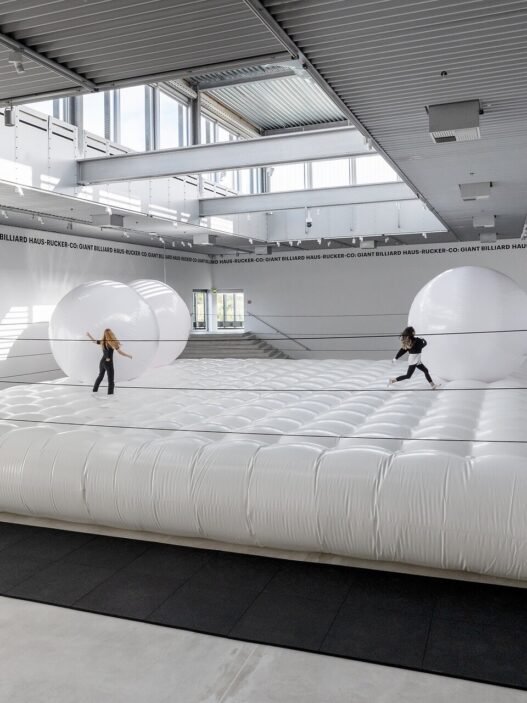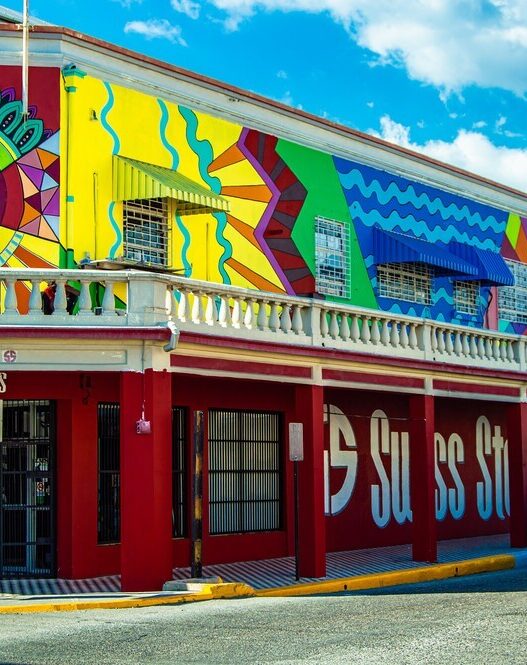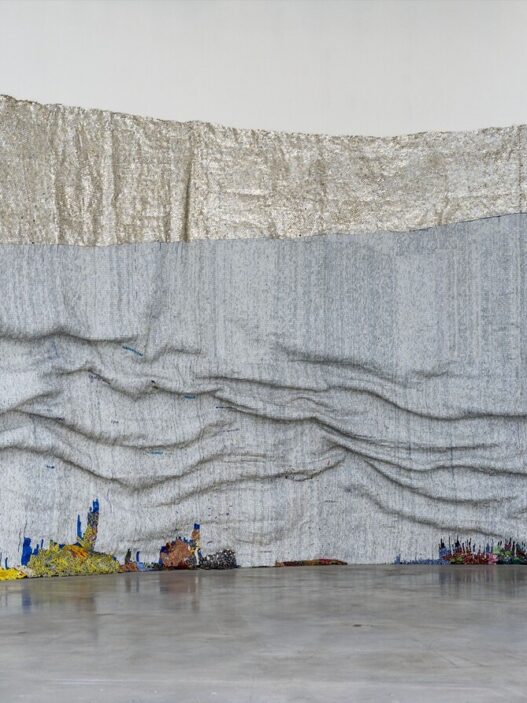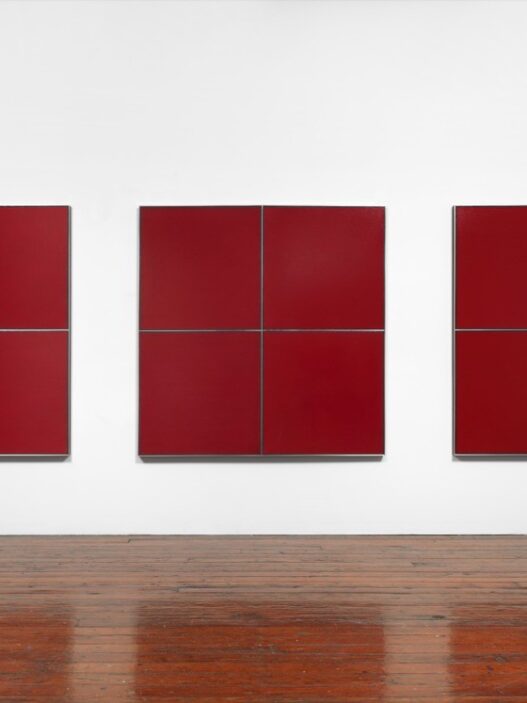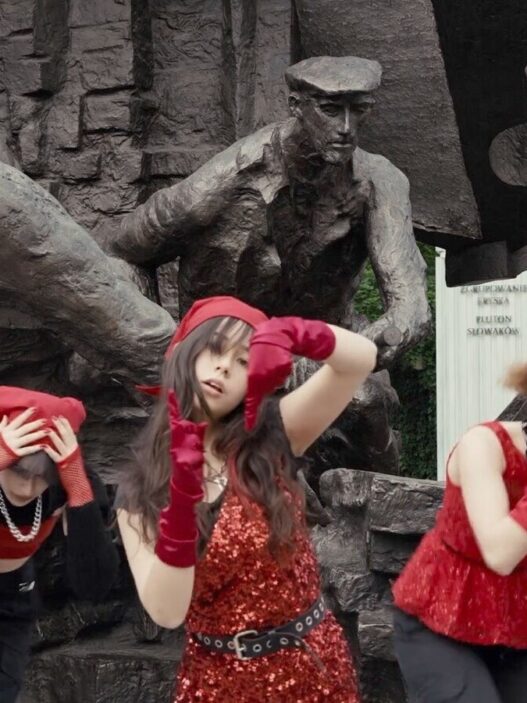October 22, 2022–January 22, 2023
Opening: October 21, 7pm
Artist talk with Anna Boghiguian: October 22, 11am, no registration needed
In the entrance, there are a number of sails hanging. The screen print depicting a crowd of marchers closely grouped together at a rally is repeated throughout the colored linens. The figures are depicted with huge eyes, similar to depictions from ancient Egypt. One person plays a drum as another carries a flag further in the distance.
Political protest movements are portrayed by Anna Boghiguian (born in Cairo in 1946). Her writings tackle topics like leadership and liberty, oppression and the desire for freedom, and service and resistance. Similar to the assassinated Egyptian Nobel Prize laureate for literature Naguib Mahfouz, for whom she created a number of book covers, Boghiguian is a political and philosophical storyteller who connects the past and present. Boghiguian is examining the revolutionary upheavals of the eighteenth century in France and the United States as well as the histories of the Soviet Union, Nazi Germany, Austria, and Egypt for her exhibition at the Kunsthaus Bregenz. The pieces on display at Bregenz were produced especially for the exhibition.
The artist spent many weeks in the city as part of a residence researching historical figures while working in the rooms of the adjacent post office building on drawings and handwritten notes.
Life-sized cutout figures on a mirrored chessboard are on display on the first floor. In the spring of 2022, the artist created the concept for the ensemble titled The Chess Game for KUB in Venice. The Kunsthaus Bregenz commemorated its 25th anniversary with this show at the venerable Scuola di San Pasquale, which included pieces by Otobong Nkanga and Anna Boghiguian, including an installation by the latter.
The French queen Marie Antoinette, who was born in Austria, is at the core of The Chess Game. Aribert Heim, a crucial character for Boghiguian, may be seen in the background of the chessboard. Heim, who was of Austrian descent like the majority of those portrayed here, served as the camp doctor at the Mauthausen concentration camp. He was known to the inmates as “Dr. Death”. He lived in Germany for a while after the war before escaping to Egypt, where he died after spending his final years alone at a hotel in Cairo. Boghiguian added more thinkers to the chess set for her solo performance in Bregenz, including Friedrich Nietzsche, Josephine Baker, Leo Tolstoi, Rudolf Steiner, Stefan Zweig, and Rudolf Steiner.
Over a hundred drawings that Boghiguian created before the exhibition are on view on the second floor. A guillotine, events from the Haitian Revolution, the rear of the Statue of Liberty, and the peace treaty signed in the palace’s Hall of Mirrors are all included in the illustrations. Jean-Jacques Rousseau, whose novels Marie Antoinette was inspired by, is also featured. The color pattern in the paintings changes between faint impenetrable white and dazzling color. The magnificent triple image of Josef Stalin, Vladimir Lenin, and Leon Trotsky is displayed against a white background next to a caricature of Aribert Heim, whose rows of teeth Boghiguian doubled.
On the third floor, there is a circular, mirrored platform; a disco ball casts a moody glow around the area. A model of a guillotine, a tool used in capital punishment, hangs from the ceiling. Its presentation is reminiscent of the electric chair in Andy Warhol’s silkscreen series. Boghiguian also discusses the terror perpetrated by the ruling class, the murder of political opponents, and the conflicting ideologies and concepts that go hand in hand with violence in this work. A text that the artist wrote is played in the environment as a sound piece. Once more, Marie Antoinette and Jean-Jacques Rousseau are the main characters, but so too are the mob members who resisted hunger and dominance.
Kunsthaus Bregenz
Karl-Tizian-Platz
6900 Bregenz
Austria
Hours: Tuesday–Sunday 10am–6pm,
Thursday 10am–8pm
T +43 5574 485940
kub@kunsthaus-bregenz.at









